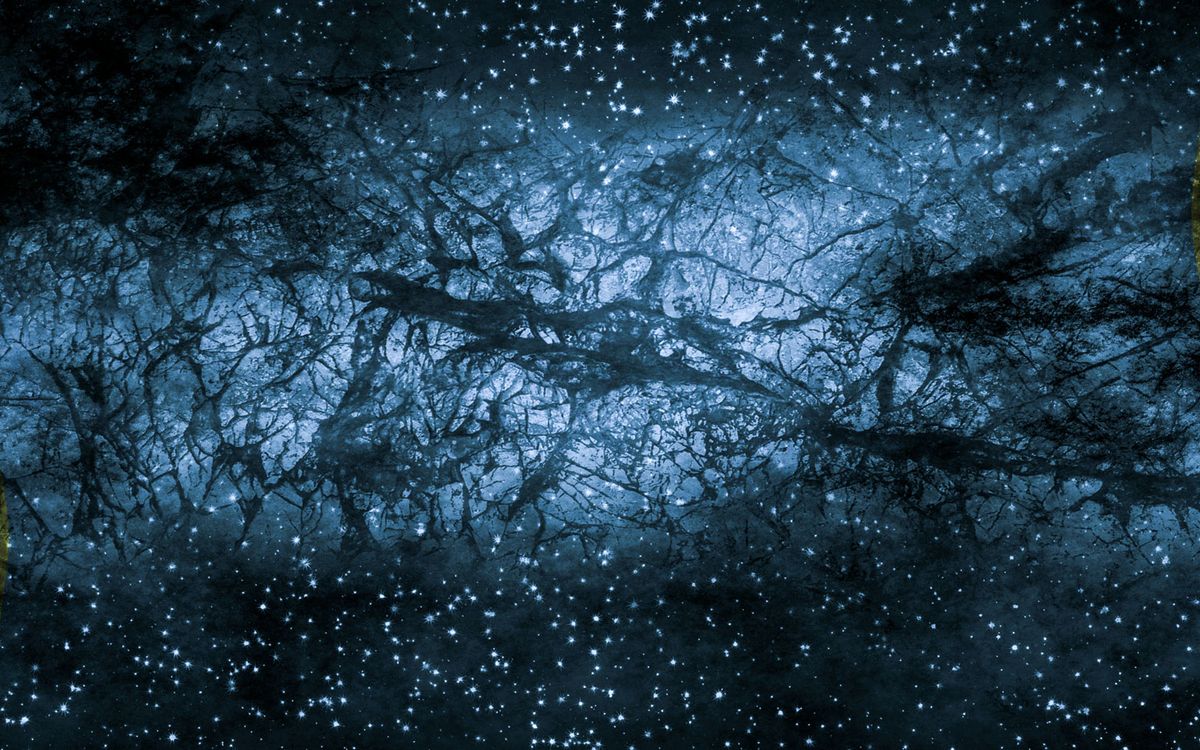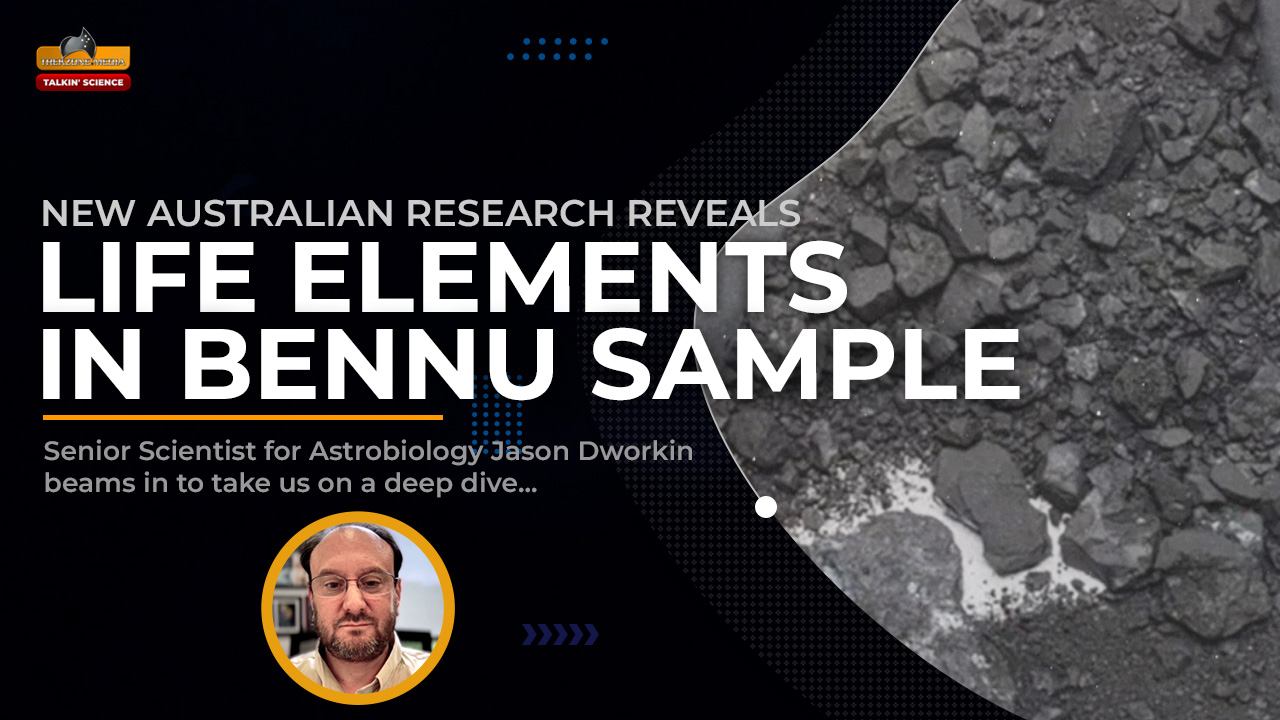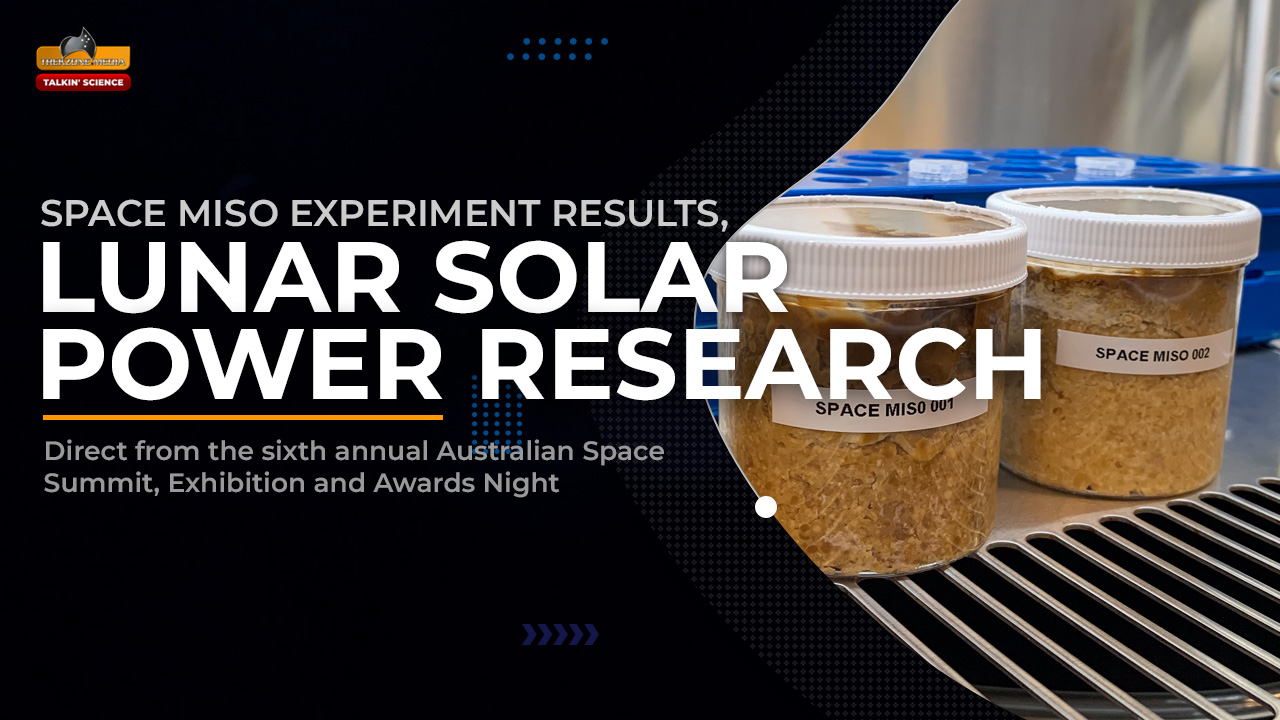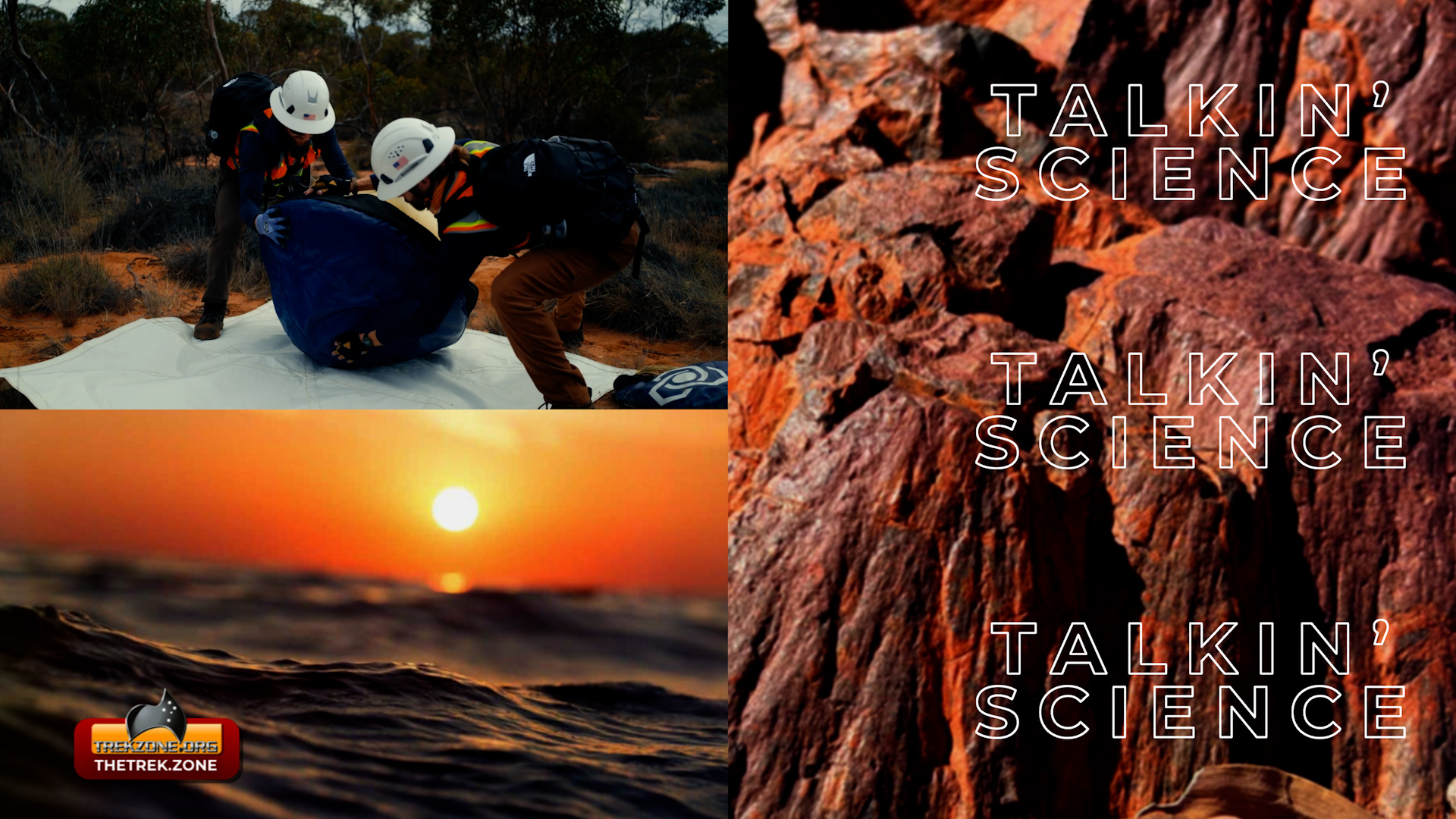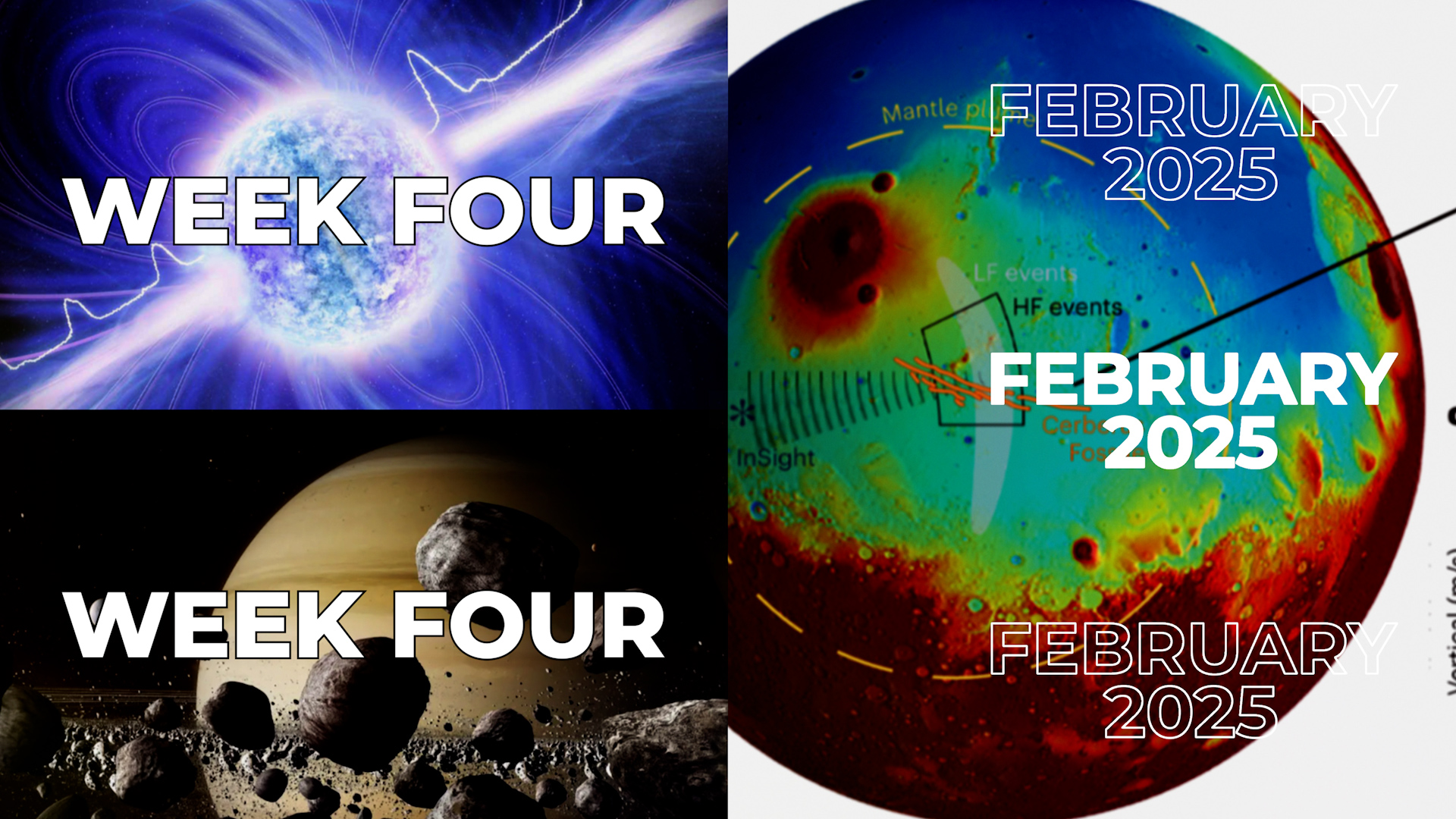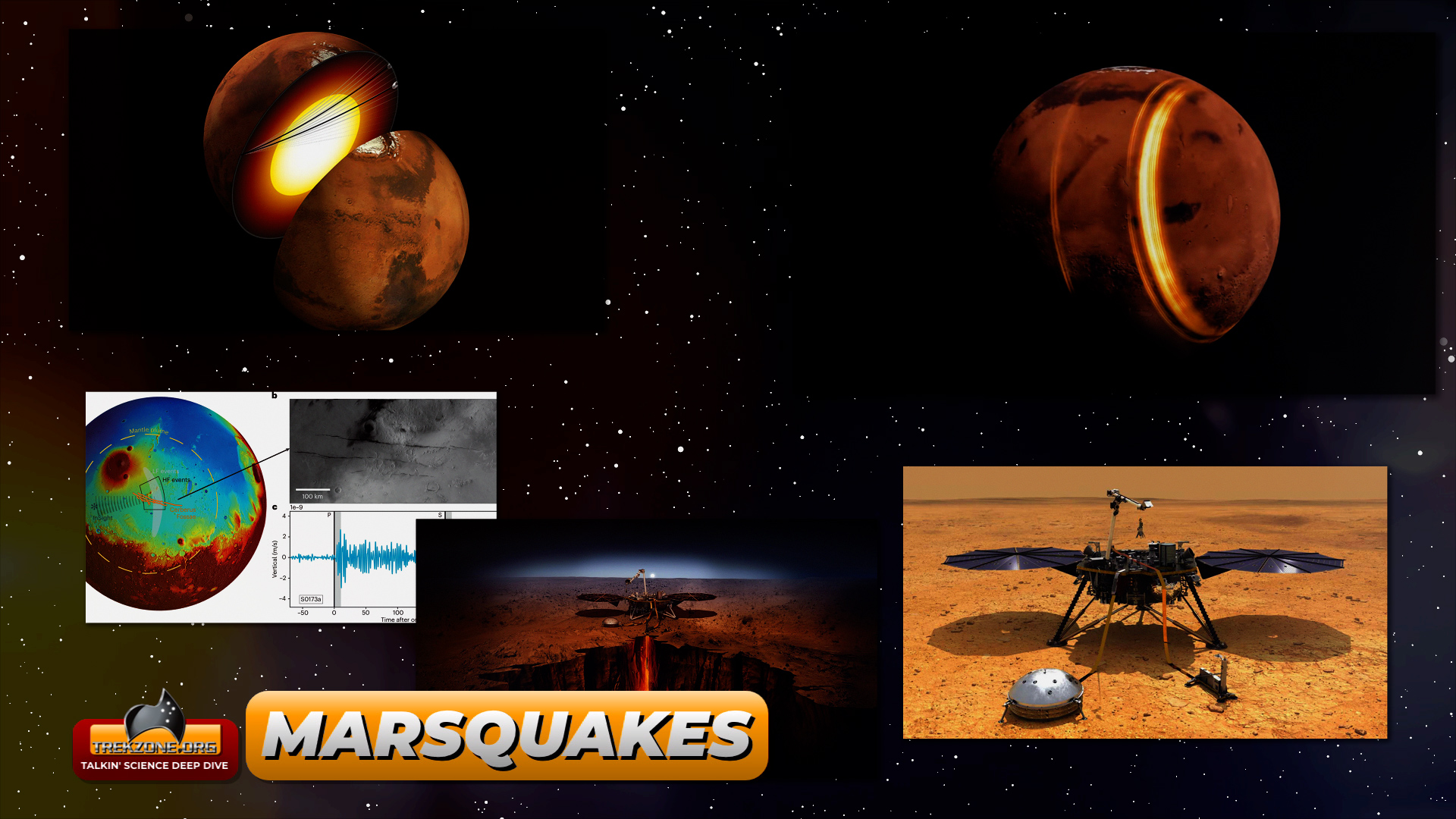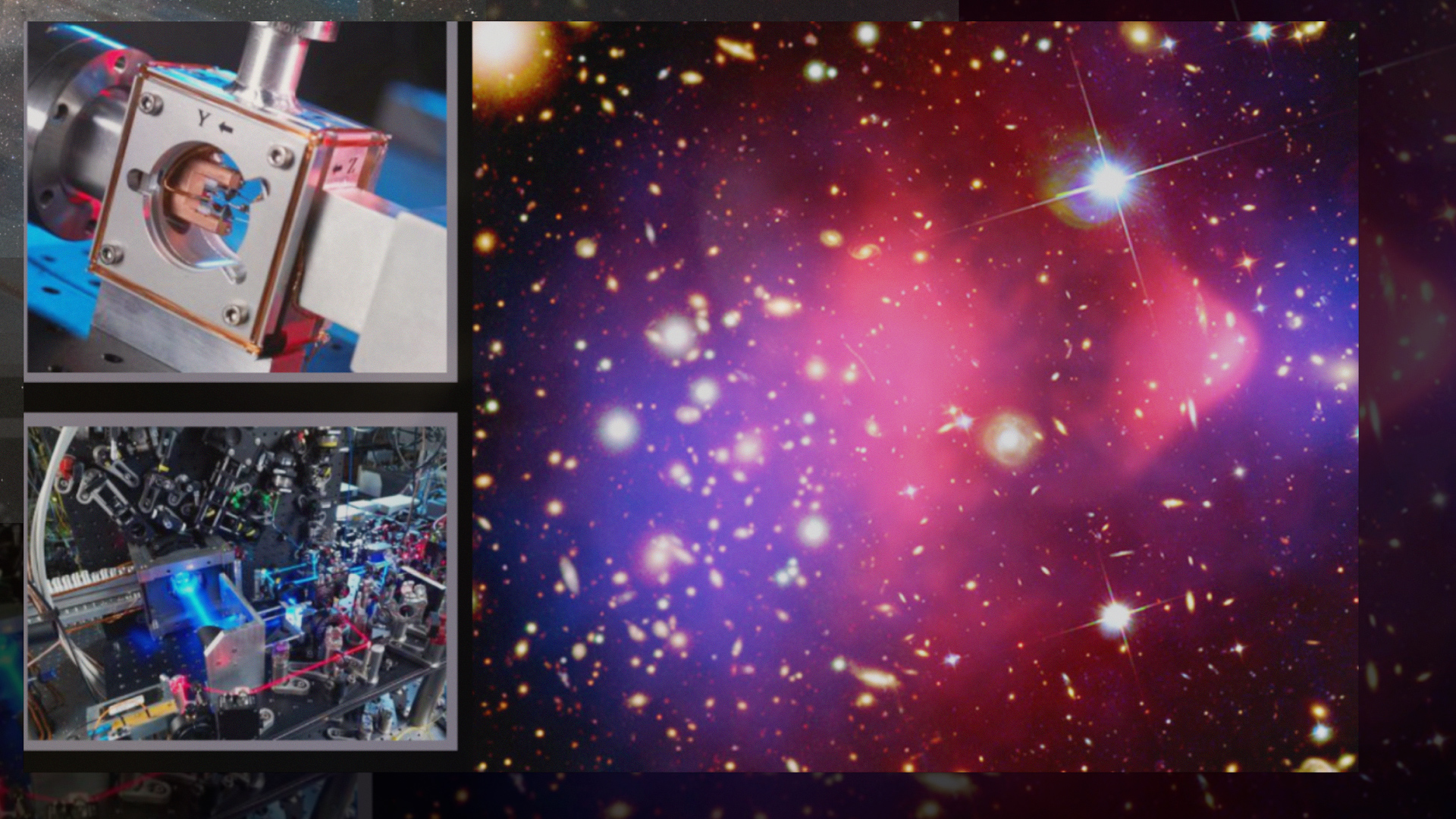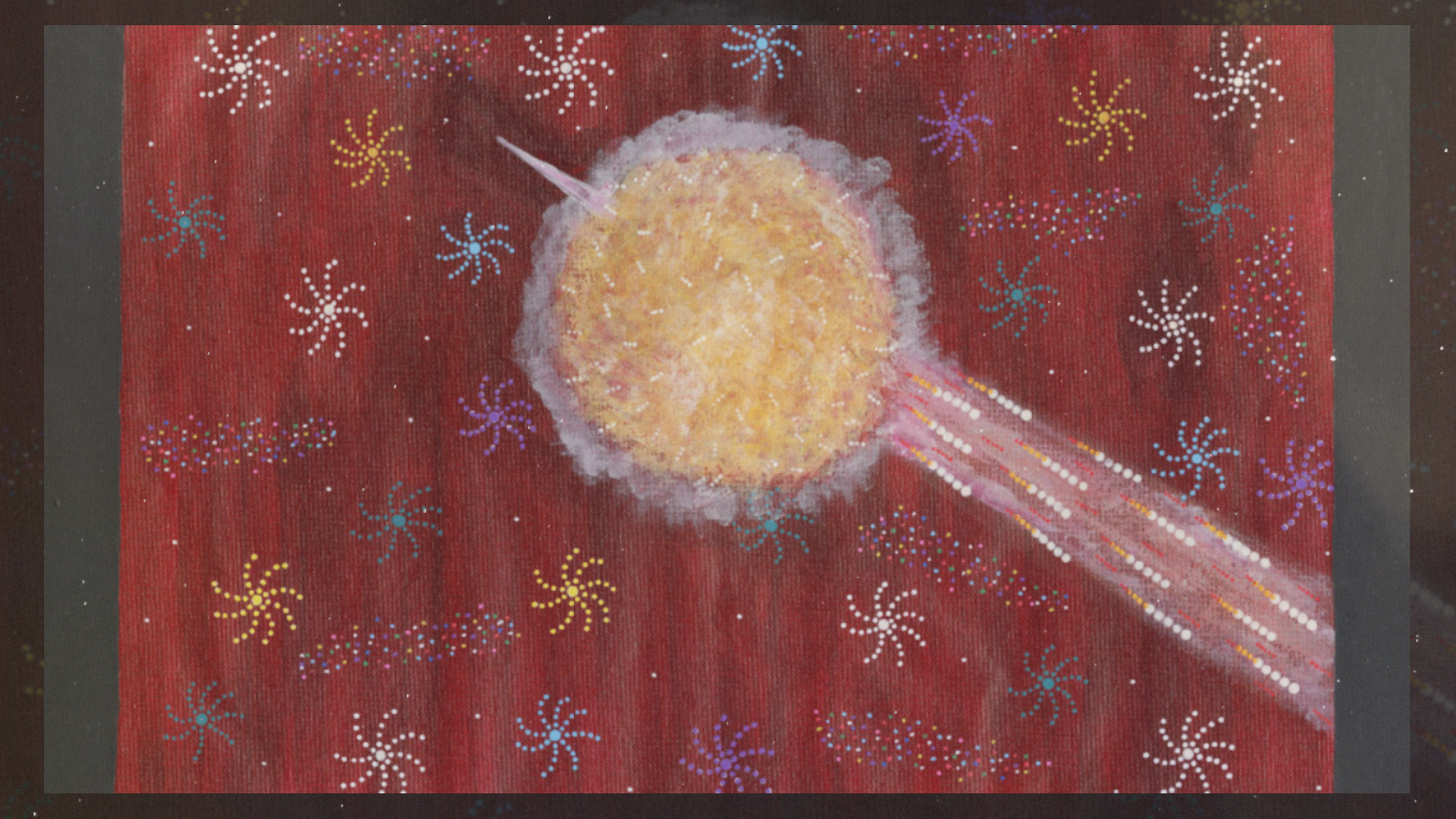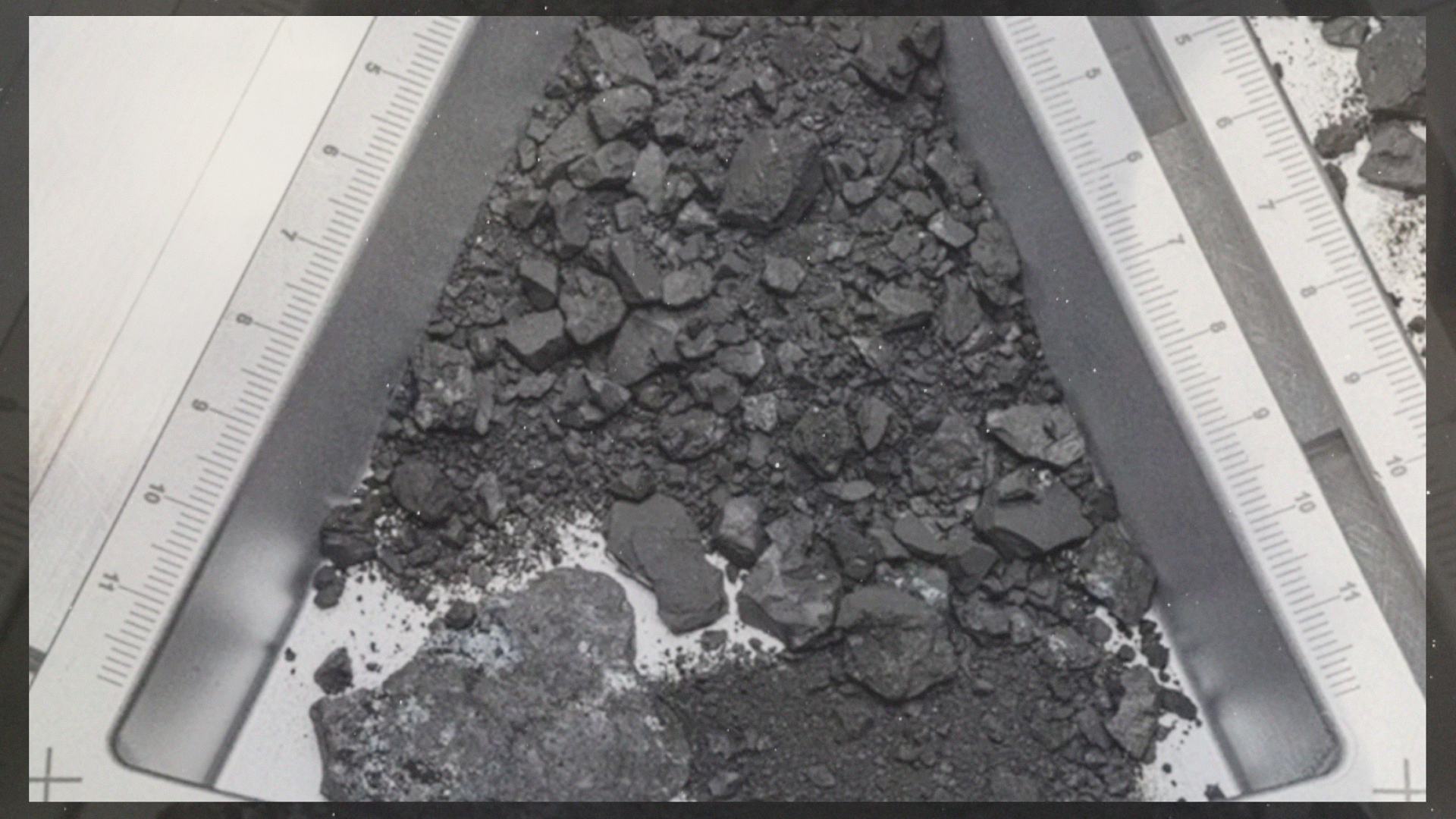Which are a leading candidate for what makes up our universe’s invisible mass. The LUX ZEPLIN – or LZ – detector, a mile beneath the South Dakota surface in the Sanford Underground Research Facility is hunting down dark matter and these latest results have set further limits on what WIMPs could be.
Dr Theresa Fruth from the School of Physics at the University of Sydney was instrumental in commissioning the LZ detector in South Dakota and is an active participant in the hunt for dark matter at the experiment. In the press release last week, she said “We wouldn’t exist without this mysterious yet fundamental piece of the universe”
This result is also the first time that LZ has applied “salting”– a technique that adds fake WIMP signals during data collection. By camouflaging the real data until “unsalting” at the very end, researchers can avoid unconscious bias and keep from overly interpreting or changing their analysis.
LZ uses 10 tonnes of liquid xenon at 175 Kelvin to provide a dense, transparent material for dark matter particles to potentially bump into. The hope is for a WIMP to knock into a xenon nucleus, causing it to move, much like a hit from a cue ball in a game of pool. By collecting the light emitted during such interactions by the detector’s 494 light sensors, LZ could capture WIMP signals with other rare events.

